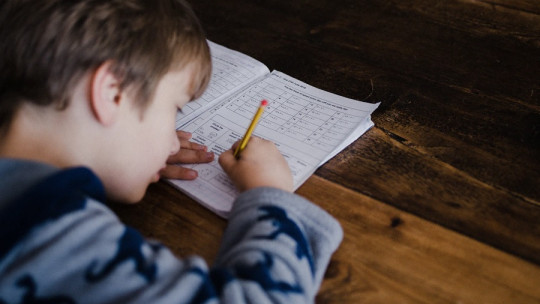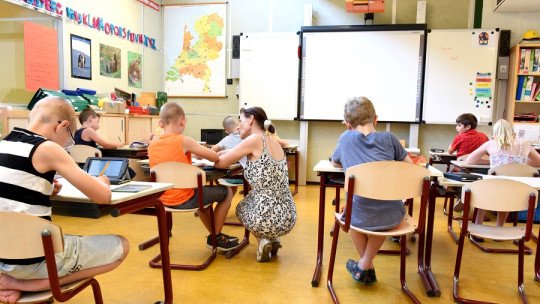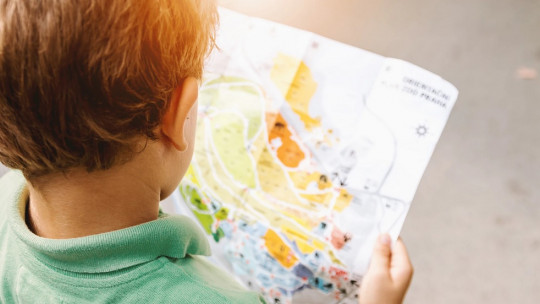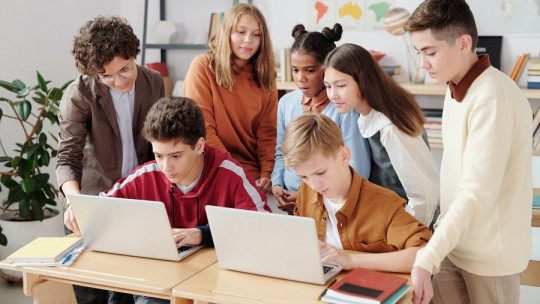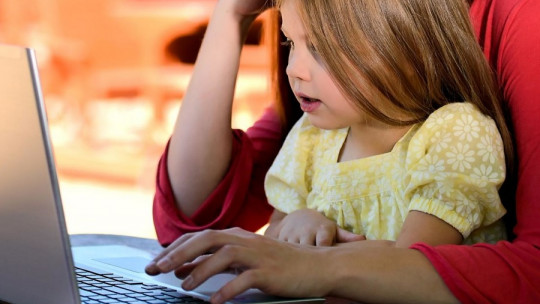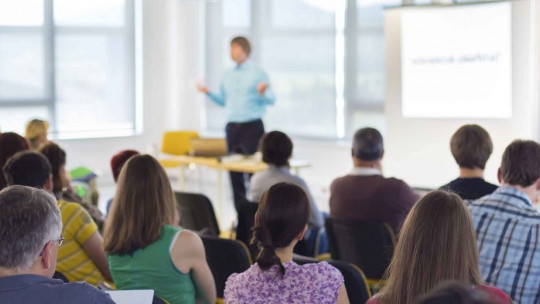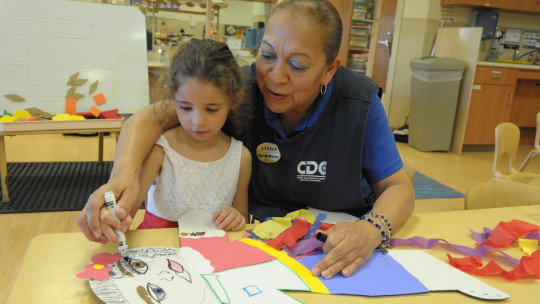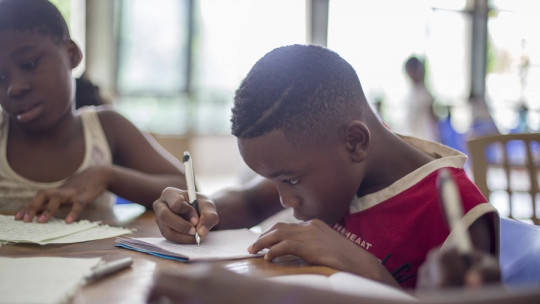People are not mere passive receptacles of the information presented to us, much less in an educational context. As students we must carry out an active task when processing, organizing and assimilating the contents of the classroom.
Self-regulated learning has a lot to do with the way people regulate their emotions cognitions and behaviors applied to an academic context since learning cannot be separated from our emotional state, motivation and desires.
Developing skills for self-control of learning processes is essential to have high academic performance, something we will delve into below.
What is self-regulated learning?
We talk about self-regulated learning when a student is able to deliberately manage the cognitive and emotional processes that are involved in their learning The learner is able to select those strategies that he considers most beneficial and efficient at the time of learning, regulating his emotional state and organizing himself to achieve his goals. The ability to self-regulate is closely related to academic success and student performance.
Among the most prominent researchers on the idea of self-regulated learning we find the figure of Barry Zimmerman , who maintains that self-regulation is not a mental ability or synonymous with academic performance, but rather it is a self-direction process through which the student transforms his mental abilities, whatever they may be, into academic abilities. Self-regulated learning not only involves mastering a mental skill, but is also related to having great self-awareness and self-motivation.
Within a traditional educational context, it is common to see that the most novice students rely on the feedback of others, comparing their performance and seeing how better or worse they have done compared to others. This type of student usually associates their “failure” with some deficiency they were born with which they cannot remedy. On the other hand, more experienced students who do know how to manage their learning identify when and why they have failed, in order to focus on how to correct their errors and improve their weaknesses.
Zimmerman argues that self-regulation It is not an inherited trait, something that some students simply have and others do not, but rather it is a way of behaving , a habit. Self-regulation involves the selective use of specific processes that must be personally adapted to each learning task. When we say that a student performs self-regulated learning, we are talking about the fact that she is regulating her own behavior, focusing it on the acquisition of content, skill, or academic task.
Characteristics of self-regulated learners
As we said, self-regulation is not a trait that some simply possess and others do not by birth. This ability can be trained if we focus on those capabilities that, if improved, will serve to make learning more efficient and autonomous.
Students who self-regulate their learning are actively involved in the process of acquiring new content, thus making that knowledge not only more personal but also deeper.
Self-regulated learners show active participation during the learning process, developing metacognitive skills , controlling the influence of their emotions in the process and regulating both their motivation and behavior. Thus, teaching and training these skills to non-self-regulated students will provide them with tools to manage their own learning, resulting in greater academic performance.
Below we will see the main characteristics that define students with a self-regulated learning pattern.
1. Use of cognitive strategies
Students who show self-regulated learning know, identify and know how to use cognitive strategies that allow them to understand, process, organize, elaborate and retrieve information of the content seen in the classroom or extracted from academic resources.
2. Development of metacognitive skills
These students develop metacognitive skills to know how to plan the task they are going to do , whether in the form of an academic work or the study itself. They direct various mental processes necessary to achieve the stated goal.
3. Emotional control
Self-regulated students develop, modify and control those emotions that are positive for learning and feel motivation, enthusiasm, pleasure and satisfaction towards completing the task.
4. Task planning
Self-regulated students adequately plan the task, anticipating how much time it will take them to do it choosing a favorable environment for their learning and, if they have not understood the content or have doubts, they are assertive enough to ask their teacher or other classmates about these issues.
5. They pay attention
They make an effort to keep their attention on the task, avoiding getting distracted.
Strategies to promote self-regulated learning
Taking all these characteristics into account, we can understand that a self-regulated student is one who is aware of the importance of taking an active role in their learning. Consequently, will adjust your cognitive and emotional processes to function properly This way you will be able to respond to the task, achieve the goals you set and have positive performance.
Developing a self-regulated learning pattern is something that requires the help of pedagogues, teachers and psychologists involved in educational contexts Although this type of learning is perfected as one grows and advances in the different educational levels, it is always recommended that teachers, who in addition to being experts in the content they teach, should also be experts in teaching tools that make learning more autonomous and efficient.
For this reason, strategies aimed at promoting self-regulated learning must meet the following objectives:
There are several teaching models that serve to promote self-regulated learning at any age and type of student It is essential to provide systematic support that allows students to work independently with the study they have to carry out. That is why below we will see some strategies that allow us to promote self-regulated learning.
1. Self-observation
Students must learn to assess and monitor whether the study strategies they are applying are effective or not. If not, They must be able to modify or readjust what is necessary to make their learning effective This is why they must become aware of their own cognitive processes regarding their emotional state, motivations, task time and level of effort.
For example, within the observation it would be to detect when they are not understanding the content that has been explained to them, analyze their level of understanding of the task and verify that they are willing to learn, among others.
2. Modeling
Human beings learn to behave using other fellow human beings as a model, that is, we imitate the behavior of others, whether it is good or bad. Teachers are key figures who have a very important influence on the modeling of their students since they are their behavioral and knowledge references apart from their own parents.
For this reason, the teacher must be an example, experimentally explaining the contents, teaching specific behavioral patterns that his students must acquire and, of course, showing autonomous forms of study and expansion of their knowledge, promoting self-regulated learning and emotional control and volitional.
3. Social support
Social support must be provided to students in their learning process. That is to say, Both the teacher and the rest of the class group must be a source of protection and teaching for the learner who during the first steps of learning will not be entirely sure about what to do, fearing to make a mistake.
As they progress through the course, the student will gain more confidence in their own abilities, understanding that a failure does not mean being incompetent and that with their willpower they will be able to assimilate the class contents and exceed the goals and objectives that are set. propose in the academic field.
As the individual becomes more independent, social support is progressively withdrawn This does not mean that he is left aside, he is simply not given as much help nor is he as attentive when it is seen that he can already be actively involved in the construction of his own knowledge.
4. Self-reflective practice
The last part of the self-regulation process is self-reflective practice. The student must be able to take a moment to think about how she has done the task, whether she has acquired the skill required of her or has been responsible enough when studying. Self-regulated learning It is only possible when the individual has the ability to reflect on his or her own learning process selecting and adjusting those strategies that may be most useful to you.

